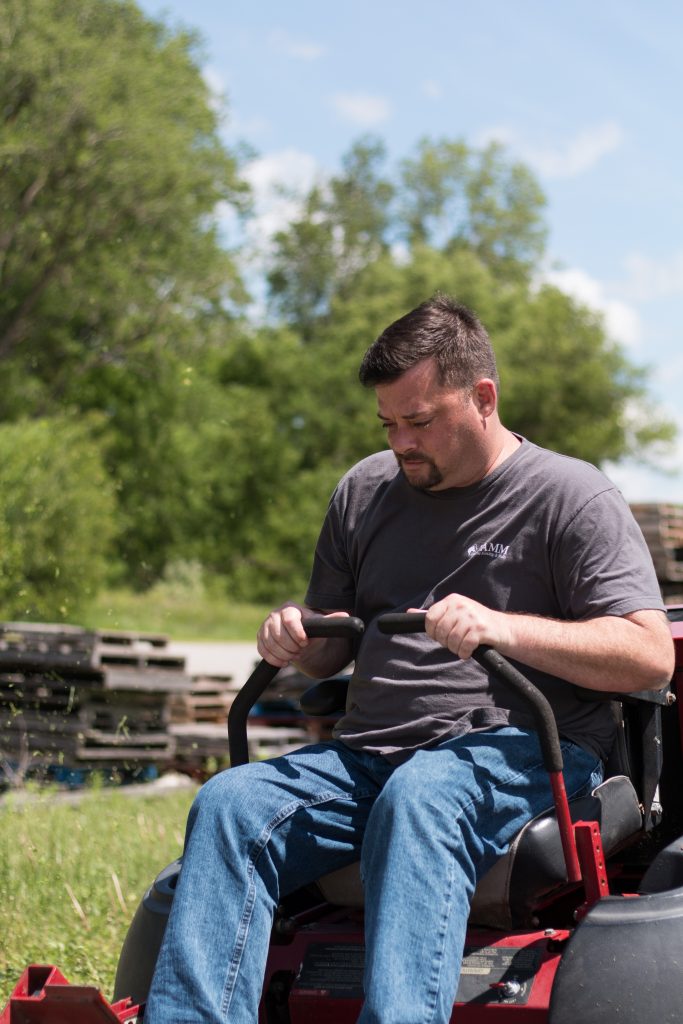Is your pasture looking a little lackluster? Could it use some help? Spring is the perfect time to get started with improvements and here are five specific things you can do to create a healthier and more eye-pleasing pasture:
1.) Soil Testing and Fertilizer Application
If you’ve never had your soil tested to see what nutrients might be lacking, time to hop to it! Your local county extension office can help and your results will come back with a recommendation for fertilizer and lime application which can be applied yearly, though you will want to retest in three years to see if additional lime is needed. Spring is a great time to apply lime, but you may want to wait until the fall to apply your fertilizer.
2.) Give Your Pasture a Break
Allowing your pasture to rest is a vital part of keeping grass healthy. This can be achieved with rotational grazing or, for smaller acreages, using a sacrifice area. To learn more about creating a sacrifice area, see this post.

3.) Regular Mowing
Not only will regular mowing keep your pasture looking nice, but it will also prevent noxious weeds from spreading since you’re cutting them down before they reach the seed production stage. Regular mowing can also keep your pasture from becoming too lush (which can lead to pasture-associated laminitis). However, to keep grass healthy, make sure to mow at the right height: for fine bladed, short grass species such as ryegrass and bluegrass, maintain your pasture at 2-3 inches. For taller, higher yielding grasses like orchard grass or timothy, it’s recommended to keep them at 3-5 inches.
4.) Encourage Good Weeds
Not all weeds are bad. In fact, some have medicinal and nutritional value for horses and are technically considered “herbs”. These include dandelions, chickweed, mullein, broad leaf plantain, and cleavers. If you already have any of these plants in your pasture, leave them be, but if you don’t have them, consider planting a few!
5.) Over-seed Bare Spots
If you have a bare spot or two in your pasture, such as around high-traffic areas, you can over-seed the area to bring back grass. However, you’ll need to keep horses off of newly seeded areas for several months to allow the grass to get established.
Having a healthy pasture may take some work, but the rewards are worth it—especially for our horses. If you have further suggestions, feel free to add in the comments!



